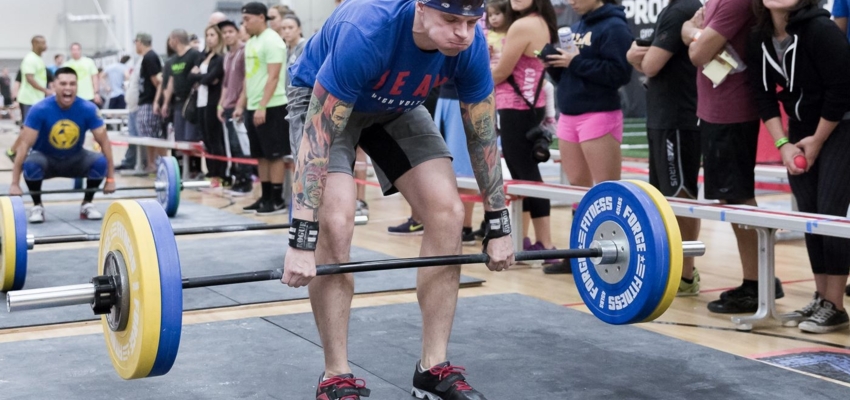
Why Your Weight Lifting PR Sucks
I don’t Social Media often, but when I do, I remember why I hate it. It’s because of your PR. Everyone who is on social media has seen someone (either someone they know, or a celebrity) posting about a PR that they set, along with a disastrous video or photo of them doing it. That video is usually accompanied by a caption that says something along the lines of “Forms not perfect, but I set a PR! Thanks to the best coach/trainer ever, I couldn’t have done it without you”.
Yes you could have, that was terrible. You looked ridiculous and weren’t actually strong enough to lift that weight. That caption should read something more like “I set a PR but my form was awful and I’m lucky I didn’t get seriously injured. Thanks Coach for cheering me on and trying to support local surgeons and physical therapists by letting me lift a weight that I’m clearly not ready for just for the sake of a number that I can tell everyone about”.
“My form wasn’t perfect, but it’s a PR!”
The latest and greatest example of this was a video of Bryce Harper deadlifting 505lbs, with form that that anyone who has read a Men’s Health magazine would recognize as awful. In the video you can hear someone cheering him on as he reps out with over 500 pounds being supported by his rounded spine. Hey Bryce, your body is literally worth MILLIONS of dollars! Why would you do that?!
In fact, why would anyone do that? I can understand if you just lift in a big gym unsupervised with your buddies and don’t really have any formal training, but if you have a qualified coach or trainer it’s their professional responsibility to help you and to make sure that you do everything you can to stay healthy. Isn’t that why you’re in the gym anyway? To be healthy? Being healthy doesn’t just include having a low resting heart rate and body fat percentage; it includes being able to move without being in pain.
Does your crappy form mean that you’re going to get hurt? No it definitely doesn’t. Some people just have better quality tissue than others, and just like physique, that’s largely based on genetics. Family history is a great indicator as to whether or not someone is likely to suffer a specific injury such as a disk herniation or ACL tear. You’ve seen the guy in the gym that has terrible form on everything, but looks like a body builder and has never been hurt. There are also people on the opposite end of the spectrum who have perfect form with everything and can’t seem to shake the injury bug because the tissue that their body is made of just isn’t as resilient. You see it in professional sports all of the time, some people are just injury prone and others aren’t.
Dean Somerset put it best when he equated bad form to buying lottery tickets. Having bad form doesn’t guarantee an injury, just like having great form doesn’t mean you won’t get injured. The worse that your form is, the more tickets you’re entering into the lottery drawing, and that’s not a drawing that you want to win. Or is it lose? I’m not sure but you get what I mean. Don’t get hurt, it sucks.
Here’s one final thought on the subject; if you were able to look at your own video and were conscious enough of what it looked like to comment “Form wasn’t perfect…” then you’re aware of what your form should look like, and why it should look a specific way, and you know that it didn’t look that way. You also know that the reason it didn’t look that way was because you likely let your ego get in the way of effective, smart training. And if you’re aware that your form didn’t look safe, shouldn’t your coach be too? And assuming they’re aware of it shouldn’t they be doing their job and trying to protect you from hurting yourself and keep you healthy? I know I wouldn’t want you lifting like that.
Click here to email the author for more info or to inquire about Personal Training services!
Steve Zarriello is the owner of Olympia Fitness and Performance, located in Cranston, RI. He has been training clients of all different ages, abilities and backgrounds to help them reach their specific goals for 10 years. His primary focus is on working with golfers to help improve their ability to play the game and keep them pain free.

